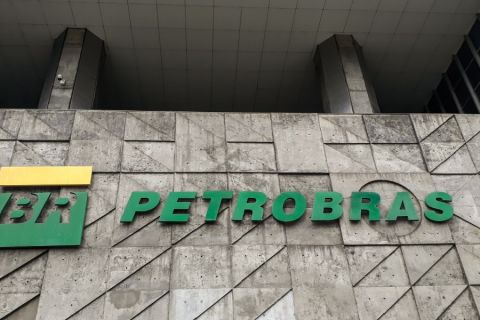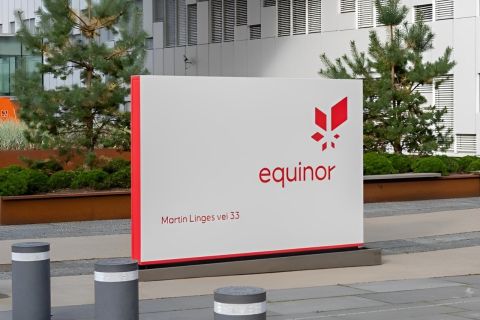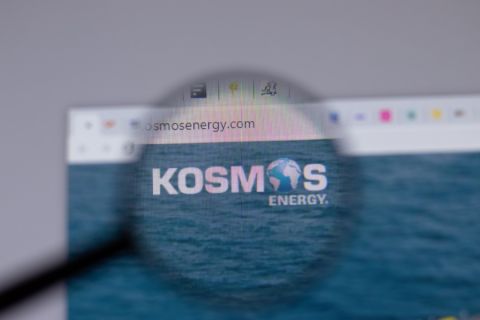Oil and gas operating company project delays, potential cancellations and budget overruns follow a 53% climb in major offshore oil and gas construction costs over the past 2 years.
IHS Inc. and Cambridge Energy Research Associates (CERA) developed the Upstream Capital Costs Index (UCCI) on more than 20 onshore and offshore oil and gas development projects. After a 13% climb in the UCCI, the cumulative increase since 2000 totals 67%. According to CERA Chairman Daniel Yergin, “This continuing cost surge is central to every energy company’s strategic planning and to every energy user’s expectations for supply security in the coming years.”
These “higher costs, combined with the recent drop in gas prices, have made some projects
 |
|
| Current and projected subsea processing systems expenditures reflect low, most likely and high performance outcome numbers. (Graph courtesy of Douglas-Westwood and OTM Consulting) |
“If current trends continue, 2007 is shaping up to be a year of further increases. Despite a slight slowing in the rate of increase during the 6 months to Oct. 31, we expect project capital costs to continue reaching new record levels during 2007,” Ward said. “With high oil prices driving new development projects, capacity constraints continue to support increases in the cost of equipment and services.”
Subsea processing
In conjunction with oil and gas specialists OTM Consulting, Douglas-Westwood conducted its latest study to evaluate subsea processing systems expenditures.
At the recent Subsea Technology Conference held in London, Douglas-Westwood Oil and Gas Manager Steve Robertson interpreted the latest report’s findings. “If operators’ performance expectations are met, then over the next decade expenditures on subsea processing could in our ‘most likely’ scenario amount to over US $3.4 billion worldwide,” he explained.
Regional market size was ranked in order beginning with Western Europe ($1.1 billion), Africa ($788 million), Latin America ($594 million), and North America ($576 million).
Production-related factors
George Trowbridge, senior consultant at OTM observed, “The drivers that have encouraged interest in this area have been evenly spread between certain technical, production and financial factors; production-related drivers (increased production rate, increased ultimate recovery, etc.) are now seen as being much more important.”
He continued, “In our 2000 and 2003 surveys, a number of fields were identified as possible sites for subsea processing, whilst in the latest 2006 survey, several oil companies now have firm plans to use subsea processing, with potential areas of application spanning all the major deepwater regions in the world.”
ROVs
Remotely operated vehicles (ROVs) also reflected more subsea activity. “The work-class ROV industry has seen strong growth driven by the high and sustained oil prices of recent years, and we expect this to continue. This manifests itself in the build of new drilling rigs and offshore construction vessels, all of which use ROVs in subsea operations” explained Rod Westwood, analyst for Douglas-Westwood, in The World ROV Report 2007-2011.
Based on 2006 expenditures, some $827 million (an 86% increase from the 2002 figure) in expenditures are projected to rise to $1.46 billion by 2011. This figure represents more than a tripling of the market over just a 10-year period.
The only way to meet the dual demands of market growth and current fleet attrition would be to construct more than 120 new work-class ROVs a year. “Based on average cost-per-unit, we forecast work-class ROV Capex will increase from its 2006 level of $186 million to $247 million by 2011, an increase of 33% over the period. Cumulative expenditure is expected to be a little over $1 billion over the forecast period,” Westwood said.
Recommended Reading
Petrobras Sending Nearly Half of Oil Exports to China
2024-04-30 - Conflict in the Middle East has enabled Brazil’s state-owned Petrobras to change the flow of its oil exports, with China being the primary beneficiary, followed by Europe.
Equinor Says EQT Asset Swap Upgrades International Portfolio
2024-04-30 - Equinor CFO Torgrim Reitan says the company’s recent U.S. asset swap with EQT Corp. was an example of the European company “high-grading” its international E&P portfolio.
E&P Highlights: April 29, 2024
2024-04-29 - Here’s a roundup of the latest E&P headlines, including a new contract award and drilling technology.
Kosmos Energy’s RBL Increased, Maturity Date Extended
2024-04-29 - Kosmos Energy’s reserve-based lending facility’s size has been increased by about 8% to $1.35 billion from $1.25 billion, with current commitments of approximately $1.2 billion.
Barnett & Beyond: Marathon, Oxy, Peers Testing Deeper Permian Zones
2024-04-29 - Marathon Oil, Occidental, Continental Resources and others are reaching under the Permian’s popular benches for new drilling locations. Analysts think there are areas of the basin where the Permian’s deeper zones can compete for capital.





